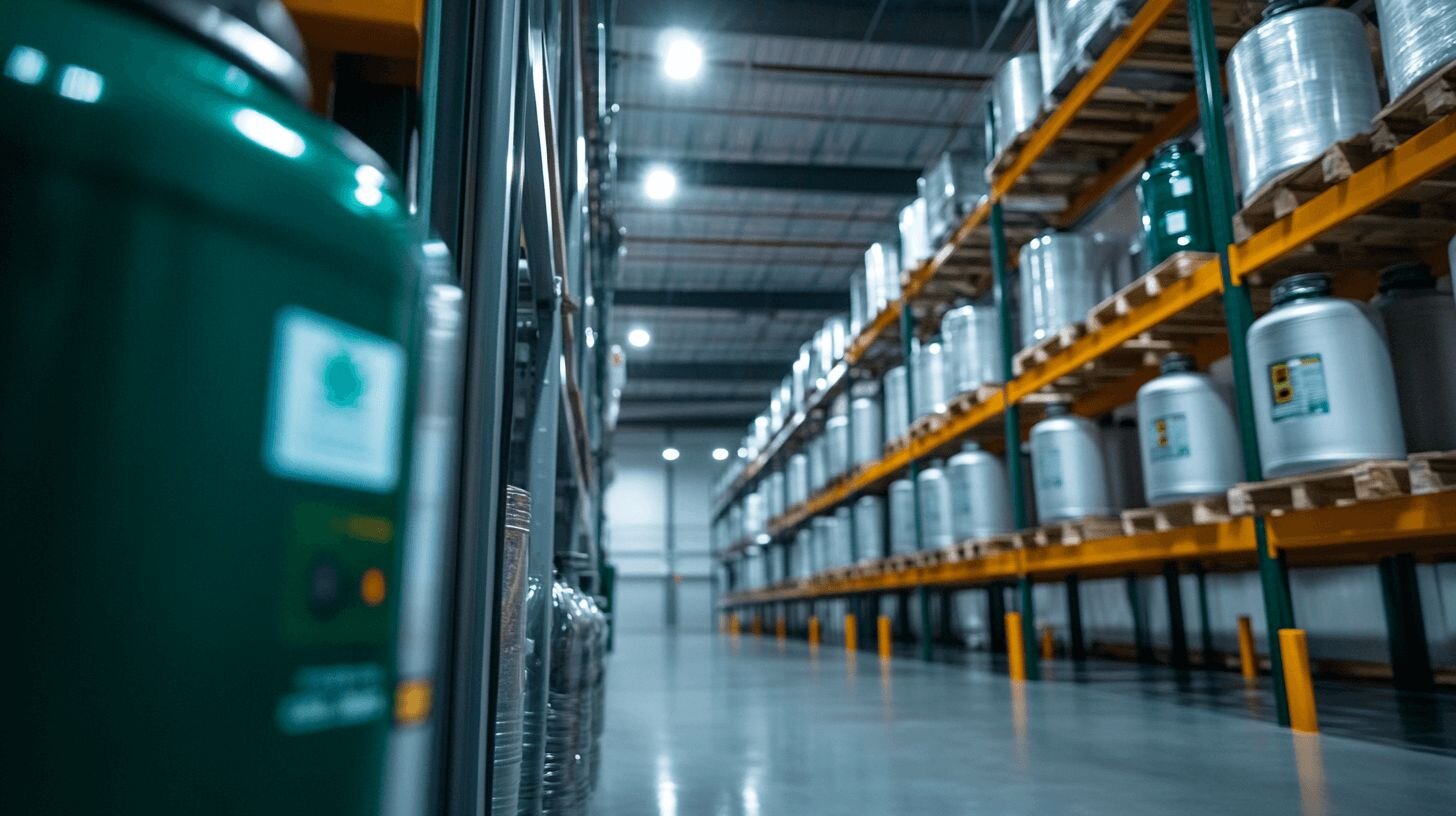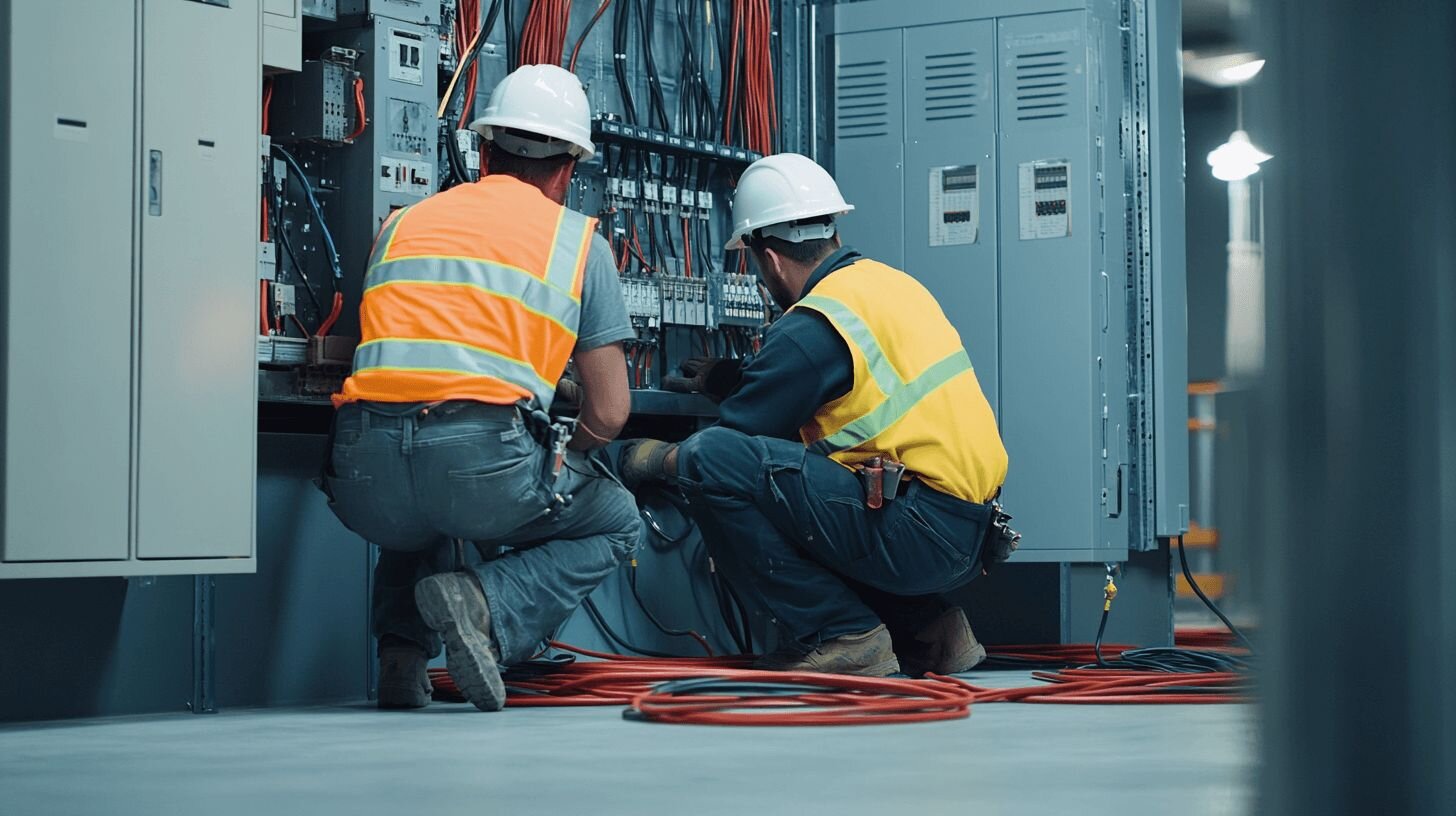The clock’s ticking on synthetic refrigerants. To keep your business moving forward, you’ve got to understand how natural refrigerants fit into your next projects. Meeting regulations is only part of the job. You also need to deliver systems that run efficiently, cut costs over the long term, and stand the test of time.
Why the Switch to Natural Refrigerants?
Three things are driving this change:
- Regulations: Laws like the AIM Act in the U.S. and the EU’s F-gas rules are phasing out high-GWP synthetic refrigerants. You have to design or retrofit systems with these rules in mind to keep your projects compliant.
- Sustainability Goals: More businesses are chasing ESG targets. Natural refrigerants like CO₂ and ammonia offer near-zero GWP and no ozone damage. This helps your clients hit those goals and helps you win their business.
- Cost Pressures: Synthetic refrigerants are getting more expensive, and outdated systems risk early retirement. You can offer clients natural refrigerants that lower total ownership costs, especially as technology improves and financiers back climate-smart projects.
There’s no one refrigerant that fits all jobs. CO₂ and ammonia dominate commercial and industrial refrigeration, but you need to know when and how to use each.
When to Choose CO₂
CO₂ works great in supermarkets and commercial spaces. It’s efficient in transcritical systems but runs at very high pressure. That means you’ll need high-pressure-rated components everywhere in the system.
To keep performance strong, especially in hot climates, expect to use parallel compression, ejectors, and adiabatic gas coolers. Smart controls are essential to keep everything running smoothly and efficiently.
Ammonia’s Role in Industrial Refrigeration
Ammonia excels in industrial settings thanks to its strong thermodynamic properties and zero GWP. Because it’s toxic, strict safety measures are essential, especially in areas with people nearby.
You’ll need to ensure proper ventilation, gas detectors, alarms, and containment. Machine rooms should have emergency exhaust systems, and all piping and equipment need clear markings (color coding is standard).
Follow IIAR, ASHRAE, and OSHA process safety standards to keep operations safe and compliant. Consider low-charge ammonia or secondary loop systems to reduce refrigerant volume on site. And don’t forget: well-trained personnel are your best safety asset.
Helping Your Customers Transition
When working with clients who have older systems using synthetic refrigerants, retrofitting means rethinking the entire refrigeration setup, not simply replacing the refrigerant.
For example, a recent cold storage retrofit in Asia replaced an R-22 system with transcritical CO₂. Because of the coastal, humid environment, they chose corrosion-resistant gas coolers and high-efficiency fans to handle the conditions.
Projects like this show you can successfully upgrade old infrastructure if you back it with smart design and equipment choices.
How You Can Lead the Way
Your customers want solutions that balance cost, compliance, and long-term success. You can help them by:
- Breaking down long-term costs, including installation, maintenance, and energy savings
- Keeping them informed on changing regulations
- Designing systems that optimize safety, performance, and sustainability
- Planning phased retrofits that minimize downtime and fit budgets



